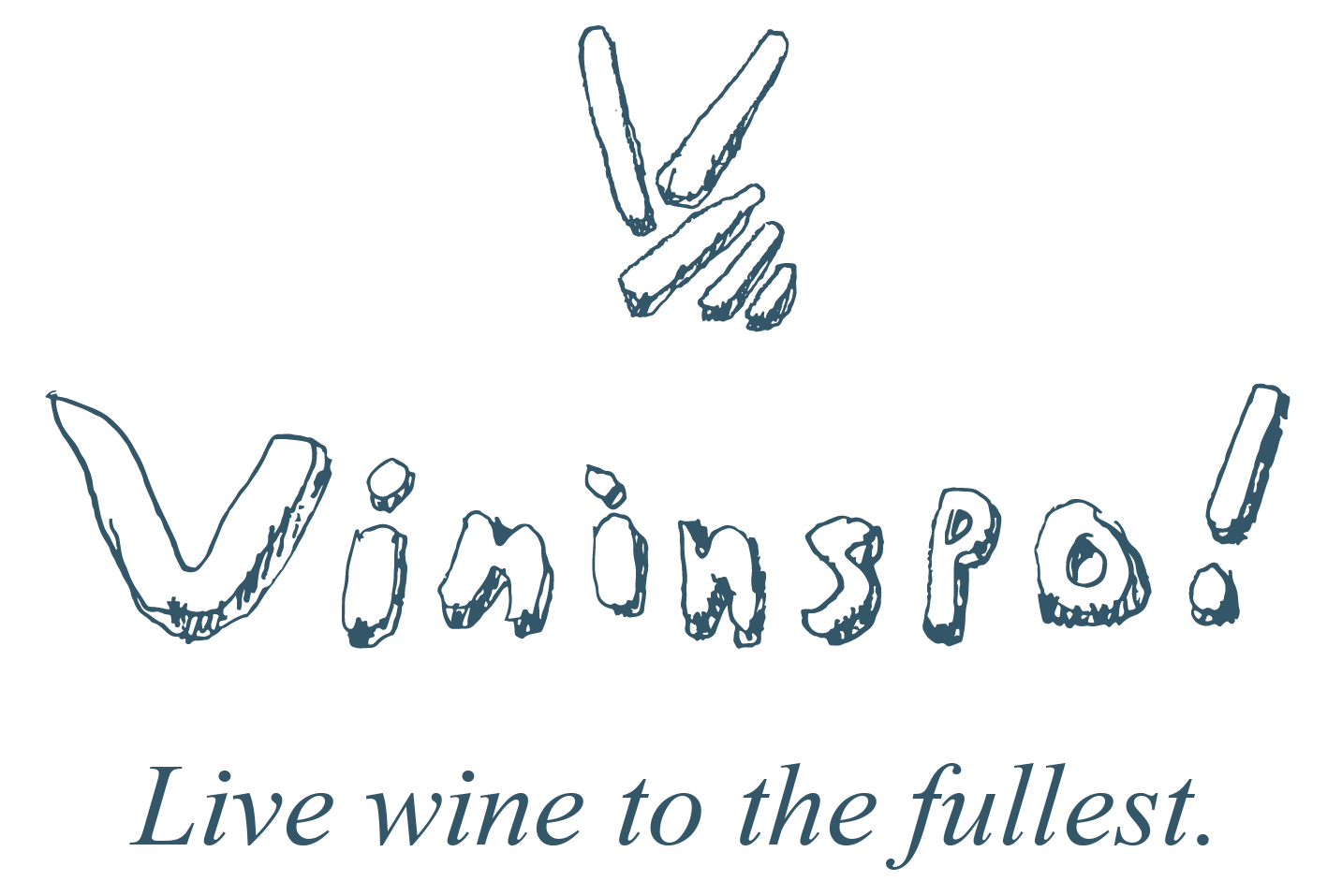Know your étiquette! Finding meaning in wine labels
The code-cracking tips that tell you what to expect from that bottle you’re buying
As philosopher Søren Kierkegaard wrote – and Wayne Campbell so suavely quoted in Cantonese to woo Cassandra in Wayne’s World - “Once you label me, you negate me.”
We have a complex relationship with labels. We tend to be grateful when they provide handy extra info and scorn them when they superficially summarise.
Labelling people might have served a useful evolutionary purpose, differentiating those who might be open to barter from those apt to bash our brains in.
These days the term describes a narrow-minded tendency to pigeonhole people on the basis of some supposedly defining trait while effacing the intricate etching of their humanity – “negating” them, as Søren/Wayne would have it.
The label you see on a bottle of wine is called “une étiquette” by the French. The Spanish say “etiqueta”, the Italians “etichetta”.
And yes, they share etymology with the English term “etiquette”, one definition of which is “the customary code of polite behaviour in society or among members of a particular profession or group”.
It’s the concept of a code that links the two.
In wine, etiquette is seen as stuffy, elitist, exclusive – a code to keep others out, or at least demand they conform to a strict set of norms in order to be invited to the table. In this sense, it labels people; they’re either enlightened and in the circle, or ignorant and out.
Wine labels are coded. Many normal, and really quite reasonable, people don’t read too much into them. They gaze upon them innocently and, when the look of one takes their fancy, they take a chance on the contents of the bottle.
Beyond this, there’s a sense in which labels play that pigeonholing role - albeit in reverse mode, where a buyer’s choice signals self-identification with a certain clique or tribe. There are those who brandish prestigious wines like royal standards, as though those in their midst should bow and scrape in homage to their unimpeachable good taste. Other people sneer at the conservative fonts of “conventional” wines, instead expressing their freedom of spirit through the lurid ink blots of “natural” wine.
But more literally, wine labels do that other thing of providing handy extra info.
The production of wine is replete with rules that have a genuine impact on input and output – what the wine-grower does, and what the wine-lover gets. Rules tend to be the remit of the so-called Old World – and, such is the dominance of European thinking, the implications of these often seep into the New World.
Even if we’re not talking regulations, there are plenty of loaded terms wherever you are. In the New World, where varietal labelling predominates, the grape your wine is made of has a major say in how it smells, tastes and feels. This intersects with other clues – the most blinding one being the place where the grapes were grown.
Numbers are important, too. Vintage – the year in which the fruit burst forth – is often highly significant. In large-volume blends, the producer’s ability to shuffle broadly sourced grapes facilitates uniformity from year to year. But where provenance is more tightly defined (a vineyard or village, say), especially cool, warm or changeable weather will have a striking effect. Also, that little % alcohol number can, in context, provide a useful clue as to the style of the wine you’re buying.
Level 2 of the Wine & Spirit Education Trust’s four-tier qualification series is subtitled “Looking Behind the Label”. It seeks, helpfully I think, to provoke students’ curiosity about the words and numbers they read on a wine label.
This is where the tongue-in-cheek name for the Vininspo! video series Know Your Étiquette fits in. It’s not about minding your vinous Ps and Qs, but in fact a chance to unearth the broad range of clues that appear on wine labels, and to decipher them one at a time.
To give an idea of that breadth, you might have wines where a single place name might denote grape variety, growing area, yield, winemaking, maturation and more. There are thousands in Europe. Some examples include: Sancerre, Châteauneuf-du-Pape, Chablis, Pouilly-Fuissé and Vouvray in France; Gavi, Soave and Barolo in Italy; and Rioja in Spain.
Then there are terms that entail certain production regulations that influence style, such as Spätlese in Germany, Manzanilla in Spain, Riserva in Italy or Federspiel in Austria.
These terms are not quoted to confuse you; this “étiquette” is not a code to catch you out. On the contrary, they often have a specific meaning that lends useful guidance as to what you’re getting yourself into.
While dry bureaucracy plays a large role in finalising these regulations, they’re also the result of convergent streams – romantic tradition, geographical reality and historical currents threaded through the practicalities of trying to make a living from nature.
With these labels as maps and some pointers on how to read them, you can travel a long way on paper – and encounter lasting memories in the glass.

